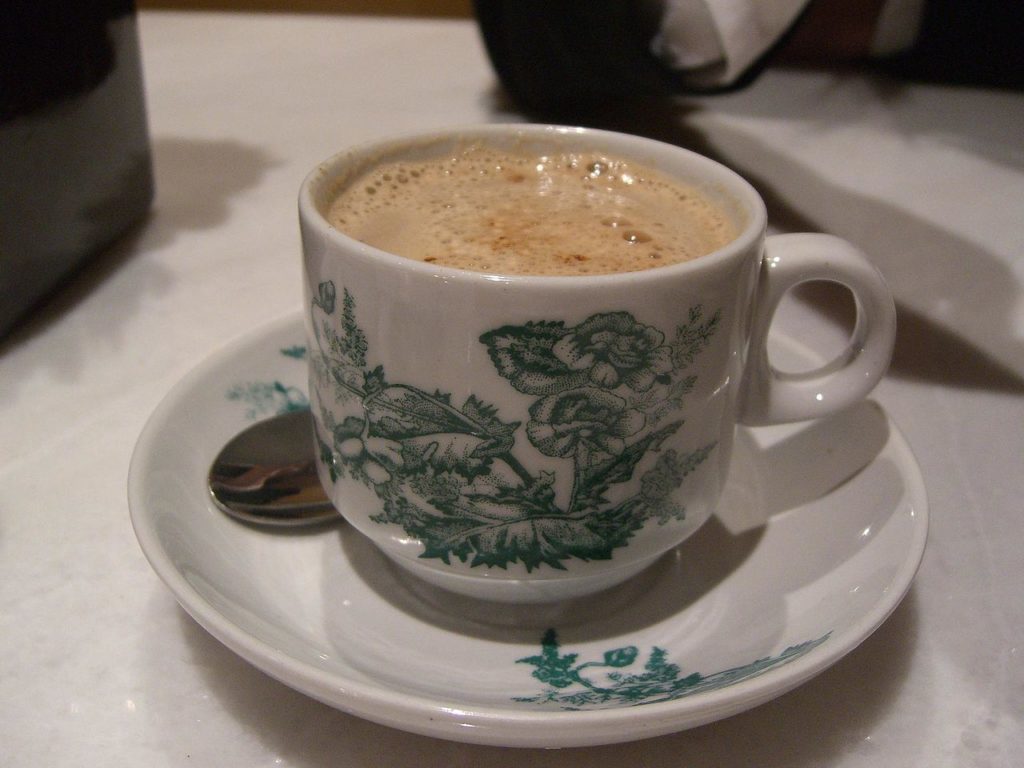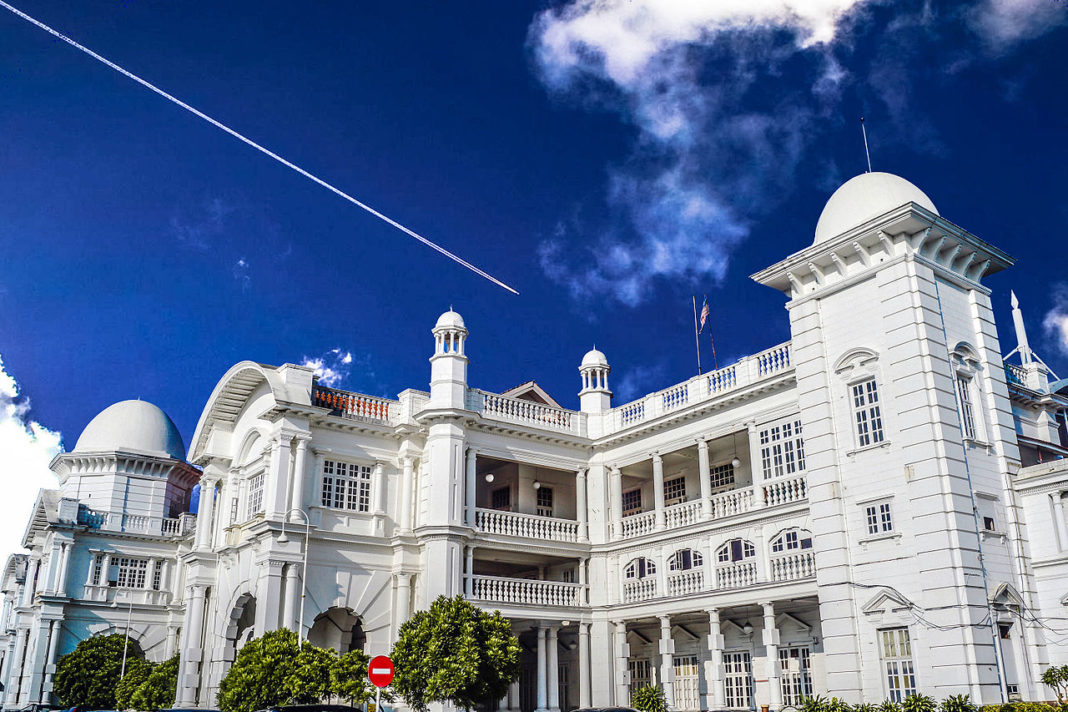While its fortunes declined in the 1970s after the tin mines were depleted, Ipoh has undergone a revival in the past decade, thanks in part to the ETS, an electric train service that cuts the travel time from Kuala Lumpur to 2 hours 30 minutes.
Today, the city retains its laid-back, yesteryear charm while also attracting new, trendy establishments – a perfect blend of old world and new.
Explore the historic Old Town
The Old Town, which lies west of the Kinta River that runs through Ipoh, is the historic heart of the city. With old shophouses lining its streets, it still functions as Ipoh’s commercial district.
Visitors who are interested in heritage buildings can start their tour at Ipoh Railway Station, a building so striking that it’s affectionately called the “Taj Mahal of Ipoh” by locals.
 Across the road from the station are the Ipoh Town Hall and Ipoh High Court, two colonial era buildings built in neoclassical style by the British.
Across the road from the station are the Ipoh Town Hall and Ipoh High Court, two colonial era buildings built in neoclassical style by the British.
A stone’s throw from these landmarks is the Birch Memorial Clock Tower, built in 1909 in honour of James W W Birch, the first British Resident of Perak, who was killed by Malay chiefs in 1875.
While taking in the grand architecture of Old Town buildings on your own is fine, consider a heritage walk with a knowledgeable guide to better understand the fascinating history of Ipoh.
Go on a culinary tour
If you’re feeling peckish after taking in all the sights, Ipoh offers some of the best food in peninsular Malaysia.
Savour a signature local dish, bean sprout chicken, at popular joints like Lou Wong or Tauke. This no-fuss fare of poached chicken coated in soya sauce and boiled bean sprouts served with hor fun (rice noodles) or rice looks simple but makes for a very satisfying meal.
 Another local favourite is kai see hor fun, flat rice noodles in a light chicken and prawn broth topped with shredded chicken, prawns and spring onions. Try this staple at Thean Chun or Moon De Moon and rest assured, you’ll be back for more.
Another local favourite is kai see hor fun, flat rice noodles in a light chicken and prawn broth topped with shredded chicken, prawns and spring onions. Try this staple at Thean Chun or Moon De Moon and rest assured, you’ll be back for more.
To wash it down, make a stop at a kopitiam (coffee shop) like Sin Yoon Loong or Xin Xiang Er Nong for a cup of white coffee, made using coffee beans roasted with margarine and served with a generous amount of condensed milk for an extra sweet finish.
Admire street art
A leisurely trip to Ipoh is incomplete without cute, playful snaps for Instagram.
A good place to start is Mural Art’s Lane, the brainchild of local art teacher Eric Lai, who, together with his students, transformed the once unknown, grimy alley into a colourful tourist spot.
At Wisma Chye Hin, Perak artist Chin Choon Yau has filled four floors of this 1960s-era building with vibrant, retro-themed artwork, turning vacant spaces into the city’s largest indoor murals experience.
 The boom in Ipoh mural art began in 2014, when the city council commissioned Ernest Zacharevic – the man behind the iconic street murals in George Town, Penang – to add some character to the city’s bare walls.
The boom in Ipoh mural art began in 2014, when the city council commissioned Ernest Zacharevic – the man behind the iconic street murals in George Town, Penang – to add some character to the city’s bare walls.
Among his most popular artworks in Ipoh include “Old Uncle with Coffee Cup” and “Boy on Paper Plane”.
Go temple-hopping
The outskirts of Ipoh are dotted with limestone hills filled with caverns, some of which house Ipoh’s famous cave temples.
Sam Poh Tong is considered the oldest among the temples in the limestone outcrops. This serene place is a well-known meditation spot, and is also famous for its beautiful pond filled Japanese carp.
 Another popular temple is Kek Lok Tong, which bears the meaning “The Temple of Ultimate Bliss”. It’s easy to see why, with all the impressive stalactite formations found within the cave where this temple stands.
Another popular temple is Kek Lok Tong, which bears the meaning “The Temple of Ultimate Bliss”. It’s easy to see why, with all the impressive stalactite formations found within the cave where this temple stands.
Also on the must-visit list is Perak Tong Temple, located inside a limestone cave in Gunung Tasik. The highlight here is a series of steps that lead out of the cave, winding around the steep cliff all the way to the top, where visitors will be treated to amazing views of Ipoh city.
According to airasia.com














